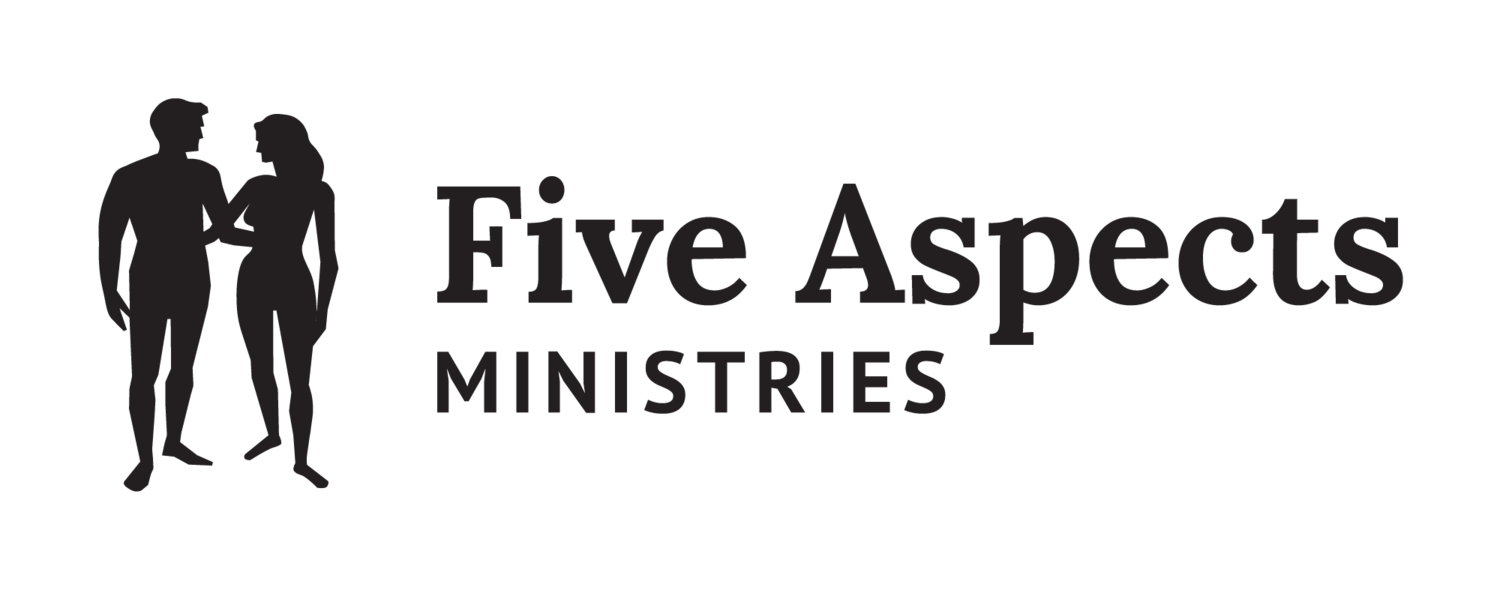Five Aspects of Woman through the Decades
Barbara Mouser
The Five Aspects of Woman course is my major life-work as a Bible teacher. Several editions of the FAW appeared in the 1990s. My “voice” was that of an American baby-boomer speaking the Scriptures on womanhood to other American baby-boomers in the context of the feminist revolution in that time and place.
In 2010 because of encouragement from others and because of my own desire, I undertook a massive re-edit of the material, shifting its voice and viewpoint from that of an American speaking to other Americans in the heat of a particular battle to the voice of a teacher seeking to articulate the Scriptural framework for other cultures and generations. The changes can be categorized as follows:
Stronger Biblical Content: First, the re-write allowed me to strengthen the content Biblically and theologically. With the benefit of decades of work in this area and by God’s grace, I was able to make the outlines of the chapters and the actual writing more clear. The section in helper-completer on marriage is a particular case in point.
More Universal Application: In FAW, the 21st century version, I attempt to set the Word on a lampstand so that its light shines against every darkness, whether it is passive men and aggressive women in the West, or oppressive men and downtrodden women in developing countries. As is often stated, one recognizes counterfeits by a thorough knowledge of the genuine. The distortions and corruptions of God’s created sexuality are legion over the world. Whatever their variation, the Word of God – with its patterns and models – reproves and heals all of them.
Classic, Not Fleeting Illustrations: I replace most references to Americanisms, passing current events, and cultural oddities with Biblical examples or illustrations that will be known worldwide. I think this is a win/win since teaching Biblical truths with Biblical examples grounds the students in Bible. Plus it leaves room for the leaders in the different cultures and generations to employ illustrations and make applications suited to their group.
Cleaner Formatting, Fewer Errors: Needless to say when a minuscule staff attempts a work the length and complexity of FAW, mistakes, typos, and formatting errors abound. Huge efforts have been made to correct these and to improve the overall consistency, simplicity, and clarity of the book.
Best Resources Consolidated in three volumes: For the first time, the FAW course, the Frequently Asked Questions including notes on cross-types, the outline of the Five Aspects of Man, the extensive wisdom supplement, the course Answer Guide, the facilitator helps, plus the book on Deborah—all are here updated and as cleanly and accurately presented as possible in three volumes. Volumes One and Two are student volumes and the third volume is the Leaders Manual.
